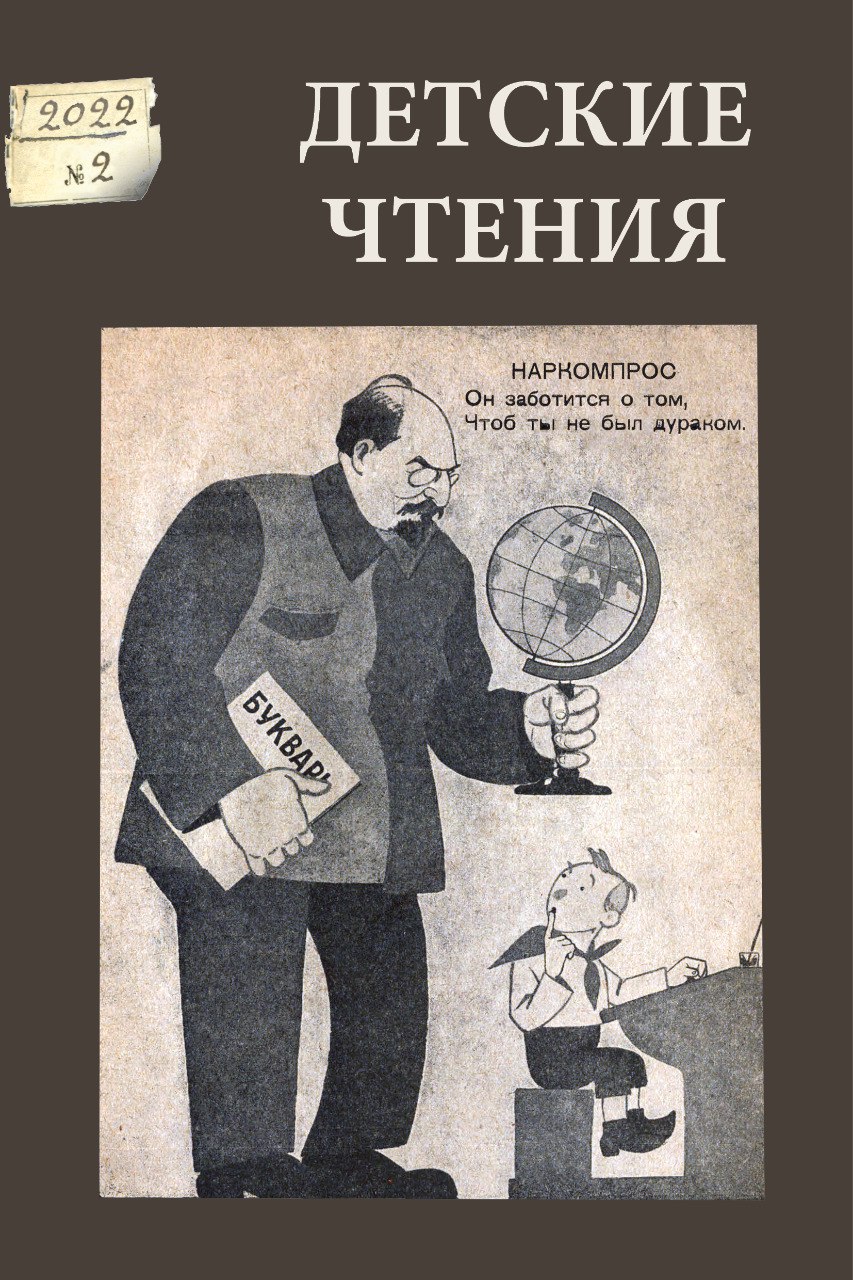HYGIENE OF CHILDREN’S AND YOUTH’S READING IN RUSSIA AT THE TURN OF THE 19TH — 20TH CENTURIES
DOI:
https://doi.org/10.31860/2304-5817-2022-2-22-132-144Abstract
The article examines the approaches to the theory and practice of children’s and adolescents' reading hygiene at the turn of the 19th—20th centuries. This material is considered in the context of the formation of school hygiene as a medical and pedagogical direction. The authors highlight the history of the issue, identify gaps in the study of the national history of reading hygiene, and problematize the definition of the concept of “reading hygiene”. On the basis of the study of professional speeches and publications of Naum Zak, Alexander Rammul, Alexander Alexandrovsky, Leo Burgenshtein the problems of reading, which specialists (medics and teachers) in the 1890s– 1910s considered key, are revealed. In addition to the printing design of publications, experts drew attention to the negative impact of books on the mental and psychosocial development of the individual and suggested protecting children from low-grade fiction and books with amorous and erotic content. The article describes the main sanitary and hygienic requirements for a textbook at that time: font parameters, number of lines, line spacing, paper quality, etc.; examples of educational books that do not meet the requirements of hygienists are given. It is shown what recommendations for preserving vision and preserving the health of children and youth were developed by the expert community of that time, and for which social circle they were designed.
Keywords: hygiene of children’s and teenagers’ reading, school hygiene, polygraphy of the educational book, hygienists, schoolchildren health care







